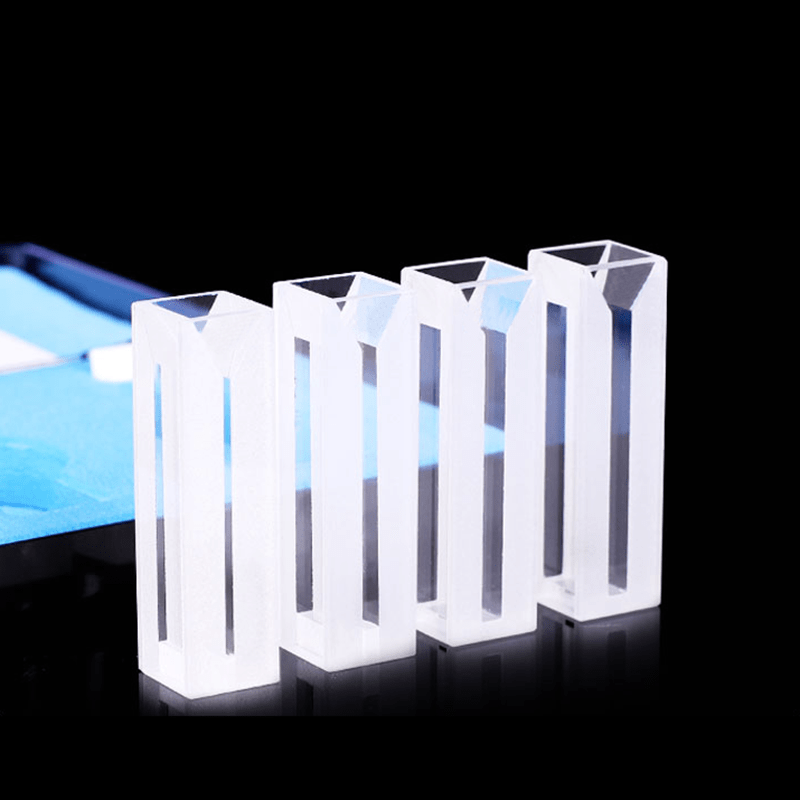The Affect of Quartz Vials on Sample Reliability in Research Checks
The Affect of Quartz Vials on Sample Reliability in Research Checks
Blog Article

The Benefits of Cuvettes and Quartz Vials in Scientific Research
In medical study, the accuracy and stability of sizes are paramount, especially in fields like spectroscopy, substance analysis, and biology. One critical component that assures accuracy in these studies may be the cuvette, specially cuvet. Understanding the advantages of cuvettes and the benefits of using quartz vials can somewhat influence the results of experiments and laboratory work.
Precision in Spectroscopy
Cuvettes are necessary for keeping liquid products in a variety of logical instruments, such as spectrophotometers. These units gauge the absorbance or indication of mild through a sample, and the cuvette acts since the box for the trial all through analysis. The size and product of the cuvette perform a crucial role in ensuring the precision of the measurements. Quartz vials, specifically, offer excellent optical quality, allowing for appropriate mild indication across a wide selection of wavelengths, including uv (UV) light. That makes quartz vials an excellent choice for spectroscopic tests, where accuracy is critical.
Toughness and Substance Weight
Quartz vials be noticeable because of their longevity and opposition to hard chemicals. Unlike plastic cuvettes, quartz vials are less inclined to degrade or respond with chemicals in the test, ensuring that the outcomes of the test stay unaffected by possible contamination. That quality makes quartz vials especially of good use in surroundings wherever intense solvents or large temperatures are involved. Their ability to tolerate serious conditions without reducing the strength of the taste is among the main factors they are favored in several lab applications.
Precision in Measurement and Shape
How big is a cuvette is not a one-size-fits-all situation. The aspect of the cuvette, such as for instance its course length, impacts the quantity of the sample and the total amount of mild that passes through. Selecting the right cuvette measurement for the precise experiment ensures that the email address details are maybe not manipulated because of under or over-concentration of the sample. Quartz vials come in a number of styles and forms, letting researchers to pick the most appropriate selection based on the requirements of these experiment. This freedom plays a role in more appropriate knowledge and allows for better control around experimental conditions.
Visibility and Mild Transmission
Quartz is noted for their extraordinary transparency, specially in the uv (UV) and visible gentle spectra. This makes quartz vials ideal for use within instruments that require obvious optical paths, such as for instance UV-Vis spectrophotometers. The remarkable mild transmission qualities of quartz make sure that the light goes through the trial with small spreading or assimilation, leading to more precise readings. For studies that need large accuracy, quartz vials give a definite advantage over other materials.
Long-Term Reliability
When in study laboratories, it is crucial to possess trusted methods that maintain their strength around time. Quartz vials aren't just chemically resistant but also very durable, meaning they are less likely to experience use and tear. This long-term stability ensures that scientists may use quartz vials for extended times without worrying about deterioration or the requirement for frequent substitutes, causing cost-effectiveness in the extended run.
To conclude, equally cuvettes and quartz vials provide a selection of advantages that improve the product quality and accuracy of laboratory experiments. From their superior optical quality to their chemical weight and toughness, these methods are vital in medical research. By choosing the best cuvette size and applying quartz vials, scientists can guarantee accurate measurements and obtain more trusted effects in their studies. Report this page